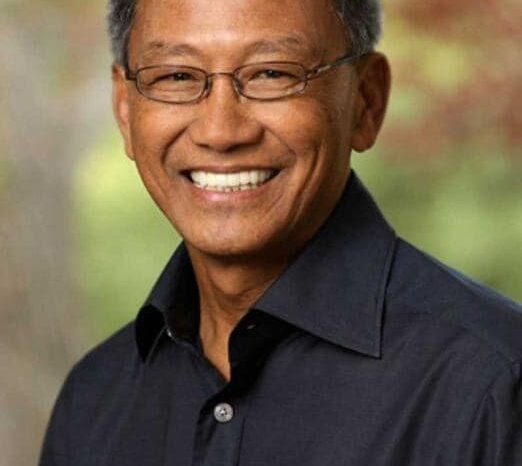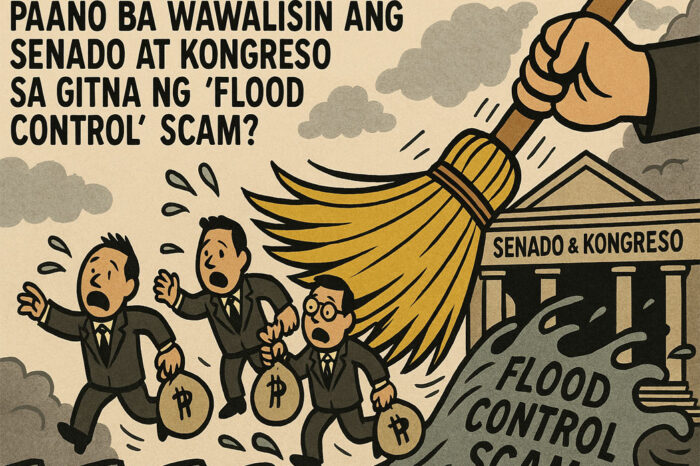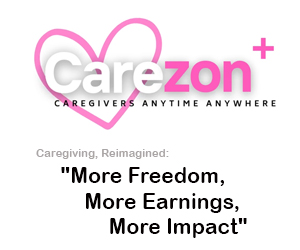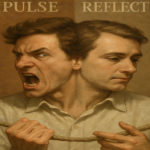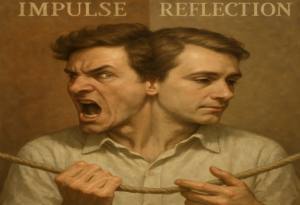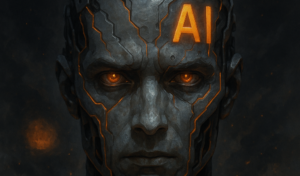The Tug-of-War Between Impulse and Reflection
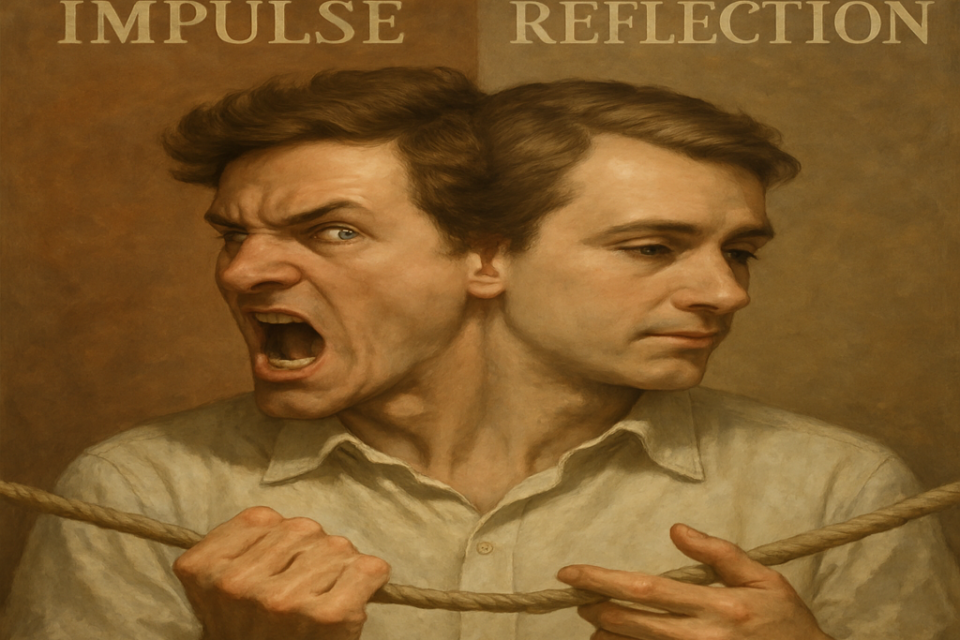
How our brains balance action bias, social media, and the search for stillness
“Do Something!”: The Age of Action Bias
It’s the 21st century mantra: Act now, think later. From CEOs firing off rapid decisions to everyday users refreshing their feeds, people today are trained to believe that moving fast is the same as being effective.
Psychologists call it action bias — the tendency to act, even when inaction would yield better results.
“Humans would rather do the wrong thing than sit still,” says Dr. Paul Andrews, a behavioral scientist. “It feels safer to move, even if movement is counterproductive.”
The result: decisions made in haste, and attention spans whittled down to mere seconds.
The Scroll and the Scatter
Nowhere is this more visible than on our phones. Social media has become a slot machine in our pockets, serving up endless novelty and dopamine hits. A study by the American Psychological Association found that heavy social media users report higher rates of anxiety, fragmented focus, and poor sleep.
“Every notification is a micro-interruption,” explains neuroscientist Gloria Mark. “We’re not just distracted — we’re rewired.”
The promise of constant engagement often leaves users drained, disconnected, and impatient.
Sidebar: What is Action Bias?
- Definition: The compulsion to act, even when waiting or reflecting would be wiser.
- Classic Example: Soccer goalkeepers almost always dive during penalty kicks, though staying still statistically saves more goals.
- Why It Matters: In business, healthcare, and daily life, action bias can fuel costly mistakes.
The Countermovement: Stillness and Reflection
But as attention fragments, another trend quietly rises: stillness.
- Daydreaming once dismissed as laziness, is now tied to creativity and emotional processing. “When the mind wanders, the imagination wakes up,” says psychologist Jerome Singer.
- Meditation and grounding practices lower cortisol, strengthen emotional regulation, and boost immune function. Even ten minutes of mindfulness can shift the nervous system toward calm.
- Revisiting decisions rather than rushing builds confidence and reduces regret.
- Extended human contact, through shared meals, community groups, or friendships, remains the most powerful predictor of health and longevity.
“Loneliness is as harmful as smoking 15 cigarettes a day. Connection is not optional — it’s survival.”
— Harvard Grant Study, 2023
Two Divergent Destinies
These two modes — rapid action and reflective stillness — chart different life paths.
- Action + Social Media Loop
- Strengths: quick response, adaptability, constant stimulation.
- Risks: anxiety, burnout, shallow decisions, weakened relationships.
- Daydreaming + Reflection Path
- Strengths: creativity, resilience, stronger health outcomes, deep connections.
- Risks: can appear slow or passive in competitive cultures.
The healthiest approach is balance: urgency when needed, patience when possible.
Sidebar: The Health Divide
- Social Media Overuse → Linked to depression, anxiety, sleep disruption.
- Meditation Practice → Lowers blood pressure, reduces stress, improves immune function.
- Daydreaming → Boosts memory consolidation and creativity.
- Extended Contact → Correlated with longer lifespan and greater happiness.
Lessons from Ancient Wisdom
Long before Instagram or TikTok, societies valued reflection.
- Buddhism teaches mindfulness and detachment from compulsive reaction.
- Greek philosophers celebrated sophrosyne — balance and self-control.
- Jewish and Christian traditions built sabbath rest into weekly life, a pause to reflect.
Modern science affirms these practices. Brain imaging shows meditation strengthens the prefrontal cortex, the brain’s decision-making center, while shrinking the amygdala, the fear center.
Practical Ways Forward
In a culture that glorifies busyness, choosing stillness is radical. Yet it’s also practical. Experts suggest:
- Digital Hygiene: Limit notifications, schedule device-free times.
- Reflective Reviews: Revisit major decisions before finalizing them.
- Micro-Mindfulness: Use 2–3 minute breathing breaks during the day.
- Cultivate Daydreams: Allow mental drift on walks or commutes.
- Invest in People: Make time for in-person connections.
The Verdict
The evidence is overwhelming: the reflective path — daydreaming, grounding, connection — leads to healthier, more resilient lives. Action bias and fragmented attention may feel powerful in the moment, but the quiet power of patience sustains us for decades.
Perhaps success in the 21st century will not belong to those who act fastest, but to those who know when not to act at all.

